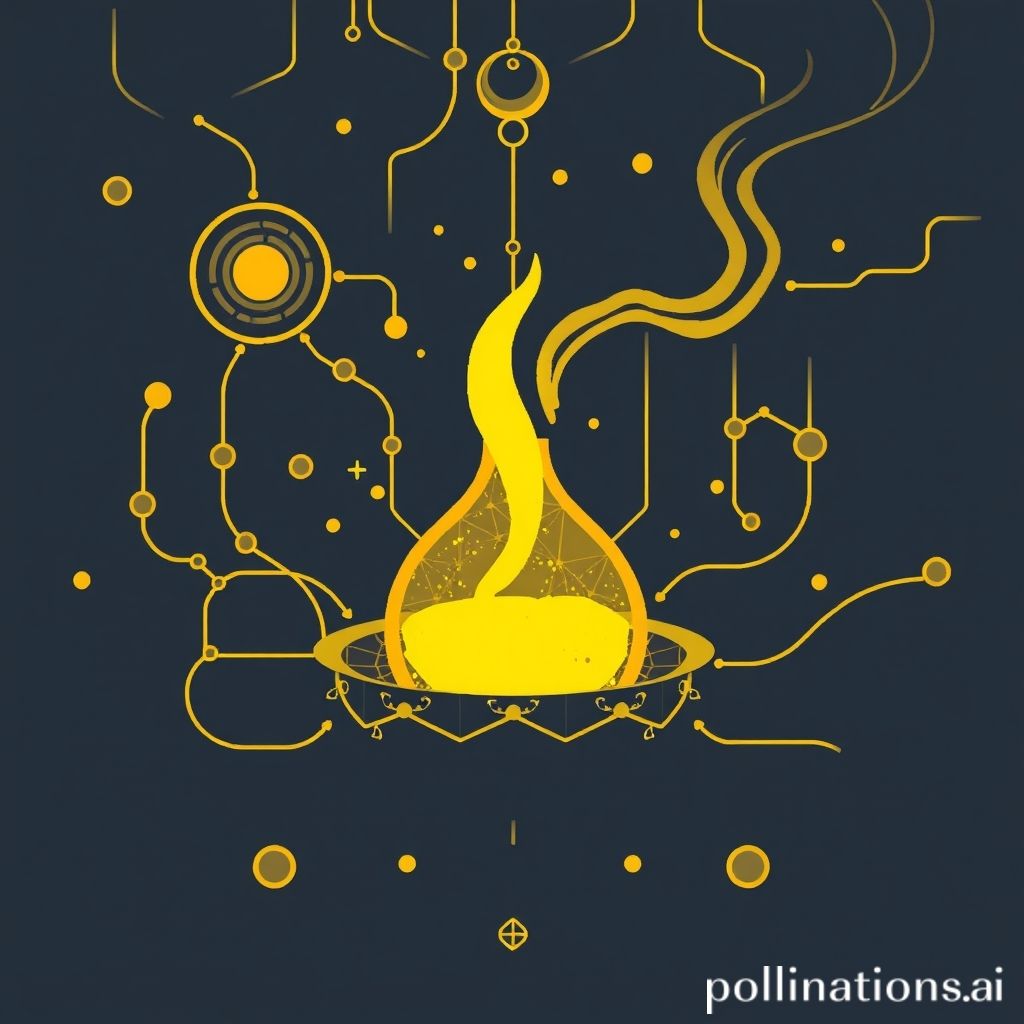
Algorithmic Alchemy: Transmuting Problems into Solutions
In the ancient pursuit of alchemy, practitioners sought to transmute base metals into gold, a process often shrouded in mystery and trial. Today, a new form of alchemy is transforming our world: algorithmic alchemy. This isn't about turning lead into gold, but about transforming complex problems into elegant, efficient solutions through the power of algorithms.
At its core, algorithmic alchemy is the art and science of designing and implementing algorithms to solve specific challenges. It involves a deep understanding of computational thinking, data structures, and the nuances of the problem at hand. Just as alchemists meticulously combined and manipulated elements, algorithmic alchemists carefully select and combine different algorithmic techniques to achieve the desired outcome.
The Tools of the Algorithmic Alchemist
The algorithmic alchemist has a rich toolbox at their disposal, filled with a variety of techniques, including:
- Search Algorithms: From simple linear searches to sophisticated A* algorithms, these are essential for finding specific information within large datasets.
- Sorting Algorithms: Organizing data is crucial for many applications. Algorithms like merge sort, quicksort, and heapsort provide efficient ways to arrange data in a specific order.
- Graph Algorithms: Representing relationships between entities is often key to solving complex problems. Graph algorithms, such as Dijkstra's algorithm and the Traveling Salesperson Problem solvers, allow us to navigate and optimize these relationships.
- Machine Learning Algorithms: These algorithms allow systems to learn from data without explicit programming. They are used for tasks like image recognition, natural language processing, and predictive modeling.
- Optimization Algorithms: When resources are limited, optimization algorithms help us find the best possible solution within given constraints. Examples include linear programming and genetic algorithms.
The Alchemical Process: From Problem to Solution
The process of algorithmic alchemy typically involves several key steps:
- Problem Definition: Clearly define the problem you are trying to solve. What are the inputs? What are the desired outputs? What are the constraints?
- Algorithm Design: Choose the appropriate algorithms and data structures to address the problem. Consider factors like efficiency, scalability, and accuracy.
- Implementation: Translate the algorithm into code using a programming language like Python, Java, or C++.
- Testing and Debugging: Thoroughly test the code to ensure it produces the correct results and identify and fix any errors.
- Optimization: Refine the algorithm and code to improve its performance. This may involve optimizing data structures, reducing computational complexity, or parallelizing the execution.
Examples of Algorithmic Alchemy in Action
Algorithmic alchemy is transforming industries and solving real-world problems across various domains:
- Healthcare: Algorithms are used to diagnose diseases, personalize treatment plans, and predict patient outcomes.
- Finance: Algorithmic trading systems execute trades based on complex mathematical models, optimizing profits and minimizing risks.
- Transportation: Route optimization algorithms help delivery companies and ride-sharing services find the most efficient routes, saving time and fuel.
- E-commerce: Recommendation algorithms suggest products to customers based on their browsing history and purchase patterns.
The Future of Algorithmic Alchemy
As our world becomes increasingly complex and data-driven, the demand for skilled algorithmic alchemists will continue to grow. The ability to transform problems into solutions using algorithms is a valuable skill in today's rapidly evolving technological landscape. By mastering the tools and techniques of algorithmic alchemy, we can unlock new possibilities and create a brighter future.
